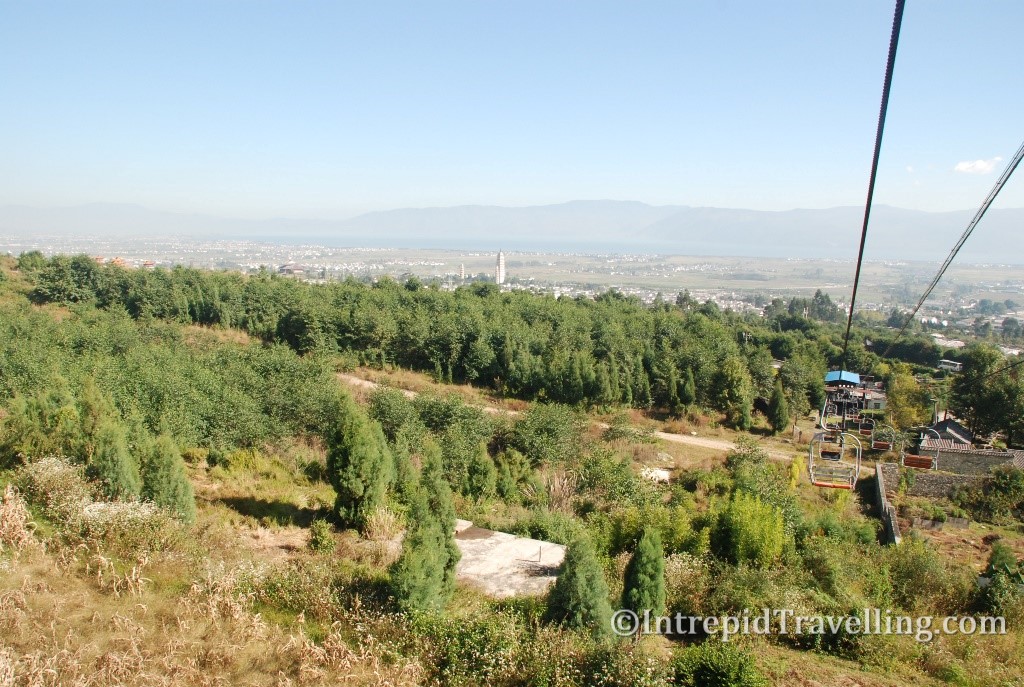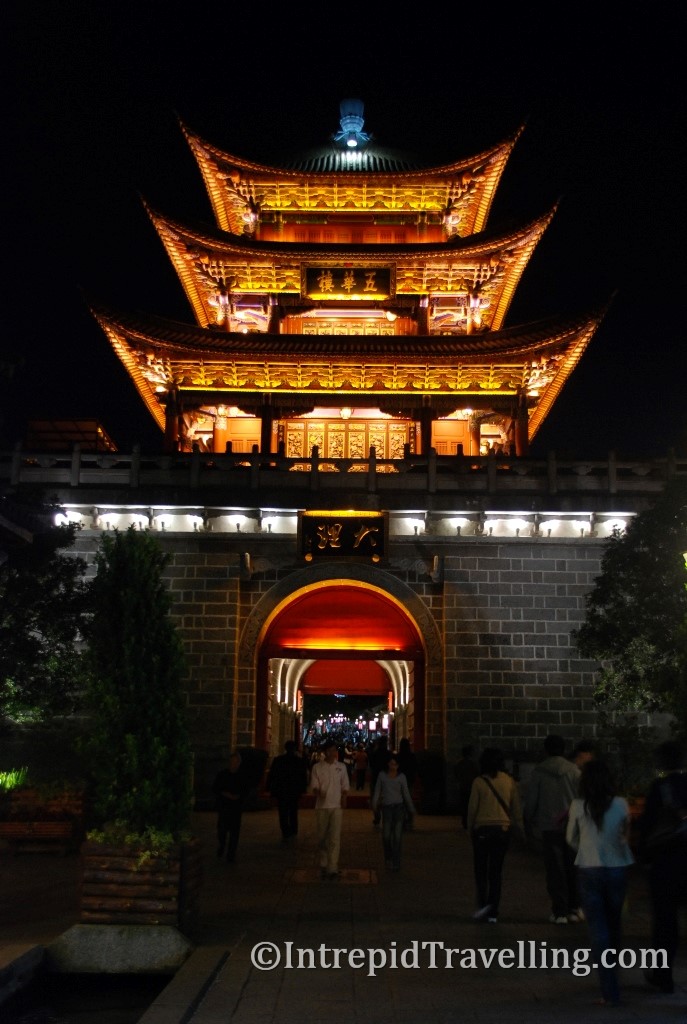Another day and another epic train journey, this time from Guilin in Guangxi province to Dali in the far west of southern China’s mountainous Yunnan province; the 1,300km journey would be broken up by changing to a bus in Kunming for the final 5 hours.
The dominate memory you’ll likely have as you cross hundreds of kilometers of fertile farmland is the way the landscape, and farming practices ,change as you approach the foothills and the unbelievable amount of maze. In October, when I visited, the corn stems were all out drying; a common scene across southwest China in October.










Dali lies on the shore of China’s 7th largest lake, and I thought (ethnically speaking) its residents resemble those who live in Tibet. Besides Dali’s mild summer climate the major attraction is its old town, which is another ancient walled city with many of the houses in the region adorned with murals not seen elsewhere in China.
There aren’t a lot of attractions in Dali, and I didn’t venture there myself, but I heard that the nearby town of Lijiang which is surrounded by mountains is worth a visit too. From Dali I head to Hanoi, via Nanning, where I would meet friends from New Zealand to travel through South East Asia together.


More observations that typify (or you would notice during a visit) China (these are in addition to my previously listed observations):
- Being basically home of the world’s fireworks, they are let off randomly, night and day.
- They have WALMARTs.
- Rice crops seem to be grown in flat, wet and hot areas (basically southern China) and maze is predominately grown in uneven, dryer and cooler environments but is common all over China.
- Chinese farmers have recently been made exempt from paying income tax (probably to help stem the flow from rural to urban life which seems to be endemic of a developing society).
- There doesn't seem to be an organised rubbish collection service from what I have seen, besides a man with a spade and rickshaw. The city suburbs and fringes are often littered with rubbish, but the city centres and farming areas are clean and very scenic.
- China is the world's largest consumer of concrete and steel and it seems a lot of this has been going into the construction, most visibly, of apartment blocks and dwellings in the cities to cope with the huge migration from rural to urban life.
- Cities have all the big western brands including western looking models promoting them.
- The young city dwellers have all the modern gadgets we do and seem to have free range on the websites, except for a few I visit that don't seem to work...
- They are a thin population, generally speaking.
- Tea is very popular, coffee not.
- Not a lot of Chinese we have met have travelled abroad.
- Men dress very tidy in dress pants, shirt and sometimes even dress jackets, although the style looks a little 70’s.
- The cost of living is increasing, but not the salaries (usual story); still I reckon it’s about four times cheaper to live here in the south than in New Zealand.
- They don't like the sun as they know it's bad for the skin and one girl remarked that light skin was better.
- People selling food on the street all scatter when the police come; they are only allowed to sell food between certain hours in the evening.
- There appears to be fewer beggars here than in other countries I have visited.
- The only signs I saw that I was visiting a 'monitored' society was some of the web content was blocked and I couldn't send DVD's (pictures and video of mine) home, other than that it seems pretty liberal.
October is a great month to visit China, there was only one wet day that interfered with my travels. I think I’ve enjoyed China more than any previous country on this trip so far and I’ll miss it long time.




